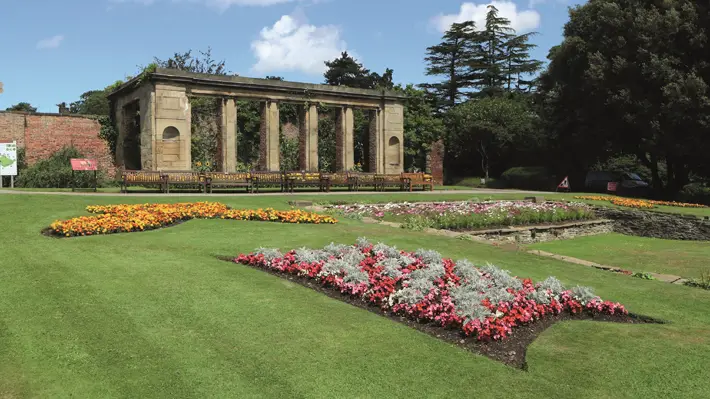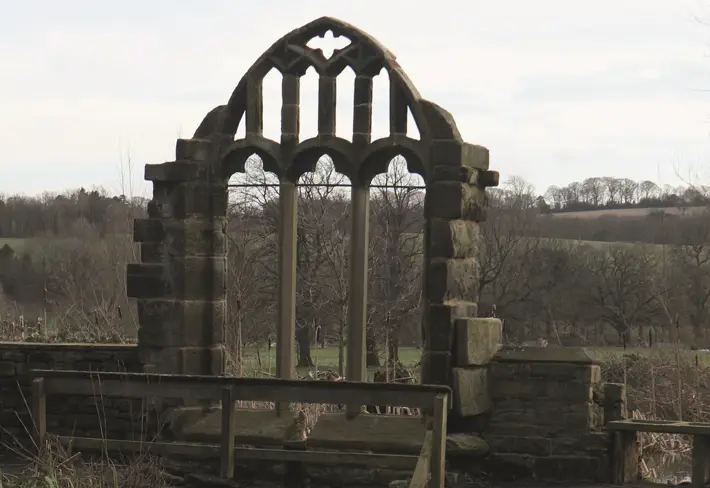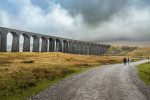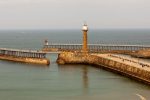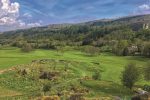A Short History of Cannon Hall, Barnsley
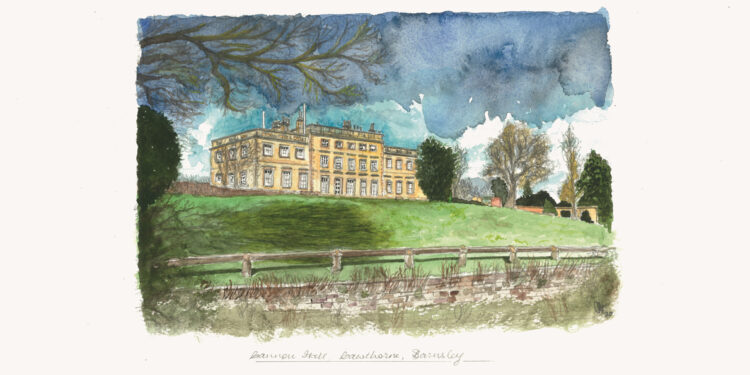
By Keiron Dunn
Cannon Hall overlooks sloping land immediately north-west of the historic village of Cawthorne. The village is connected to the hall via an attractive path that crosses a bridge built in 1762 and meanders through parkland.
While the land was recorded in the Domesday Book of 1086 as containing a manor house, it is the thirteenth-century house owned by Gilbert Canun that gives the hall its name. In 1764–68, Cannon Hall was remodelled by Horbury-born architect John Carr. Cannon Hall offers museums, 70 acres of historic parkland, formal gardens and a working farm as a separate award-winning visitor attraction.
“Fascinating buildings”
The terrace along the south wall of the hall looks out over a manicured landscape that draws the visitor’s eye to the hall. A front door here would have been exposed to winds from across the valley. A ha-ha marks the transition from formal gardens to parklands, which once contained deer that used a shelter close to the hall. The Cannon Hall Country Park contains many fascinating buildings, including the Camelia House, hot house and hot wall, which held fireplaces to help grow a wide variety of fruits. A restful walled pear garden with two conservatories is accessed by a round, arched, gated entrance.
Before Barnsley Council acquired the site in 1951, Cannon Hall was the home of the Spencer-Stanhope family, who made their fortune in the local iron and coal industries. One of the most interesting was Walter Spencer-Stanhope, whoinherited the hall in 1775. As a Tory MP he became friends with Independent MP William Wilberforce, the anti-slavery campaigner. William Wilberforce visited Cannon Hall on several occasions.
“Sumptuous rooms”
On 15 October 1792, Walter Spencer Stanhope attended a public subscription meeting at the White Bear Hotel (later to become the Royal Hotel) and became the principal shareholder and chairman for the Barnsley Canal Company. He owned land that contained the Silkstone coal seam, and when the canal opened in 1799 a spur passed close to Cannon Hall. The canal, with connections to Worsbrough Mill and Elsecar, would be a key factor in Barnsley’s industrial development.
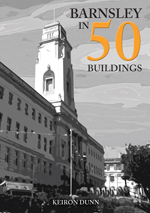 The Cannon Hall Museum includes sumptuous rooms, artwork by John Constable and Chippendale furniture. A separate museum is dedicated to the Royal Hussars and the Light Dragoons. Their history includes Dunkirk and D-Day. They were also part of the front line of the Charge of the Light Brigade.
The Cannon Hall Museum includes sumptuous rooms, artwork by John Constable and Chippendale furniture. A separate museum is dedicated to the Royal Hussars and the Light Dragoons. Their history includes Dunkirk and D-Day. They were also part of the front line of the Charge of the Light Brigade.
Article taken from ‘Barnsley in 50 Buildings’ by Keiron Dunn, published by Amberley Publishing, £15.99 paperback
